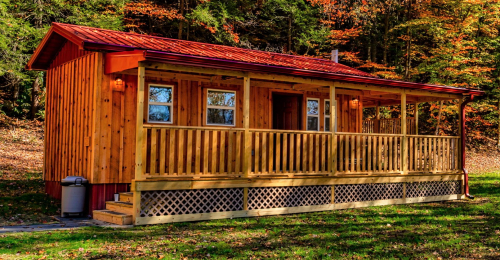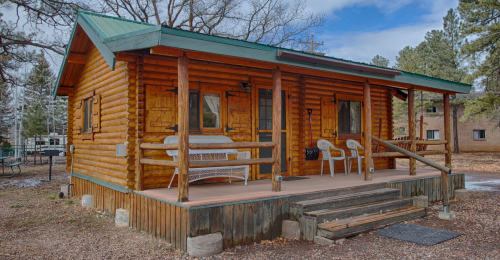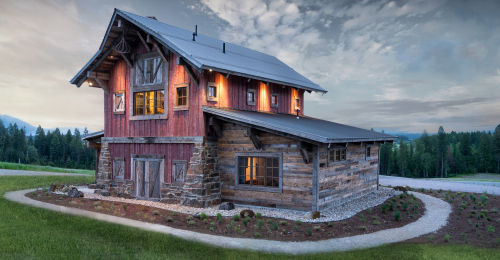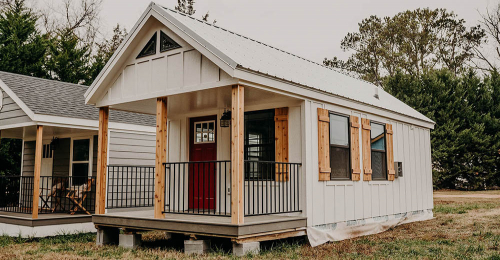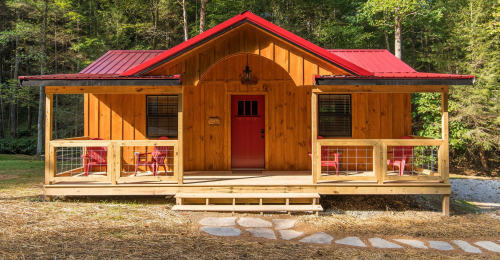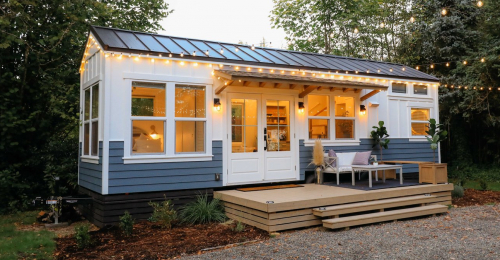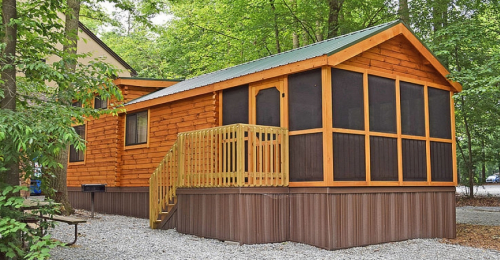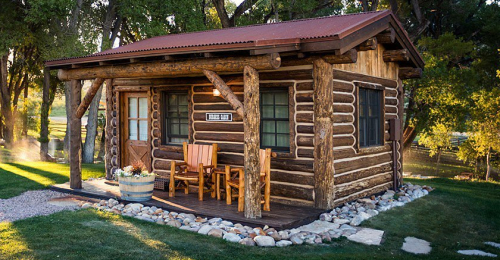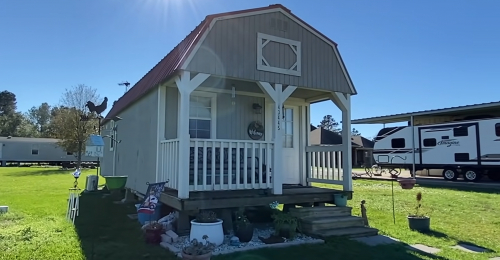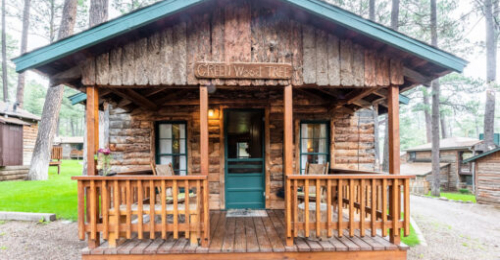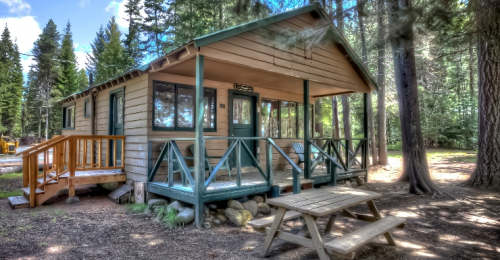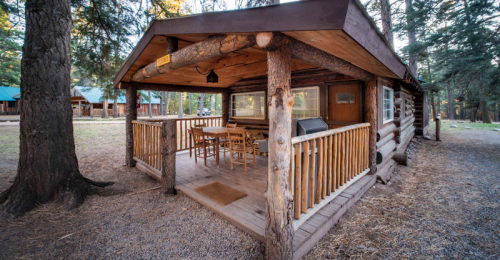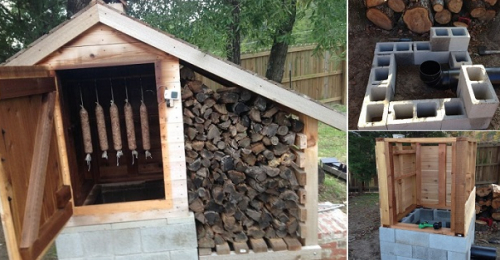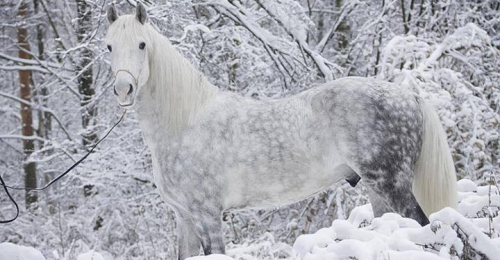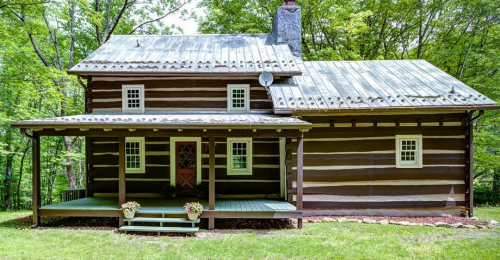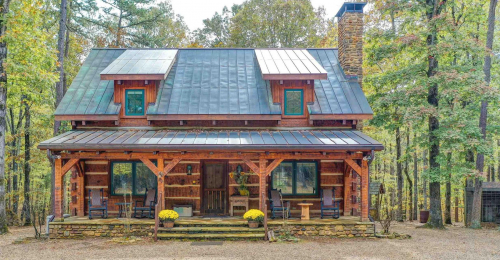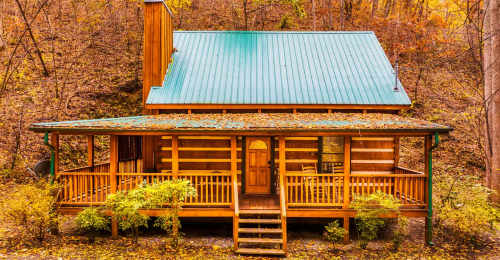Morgan Freeman Converted His 124-Acre Ranch Into A Giant Honeybee Sanctuary To Save The Bees
Written by: Arron J. Staff writer @ Hyggehous.com
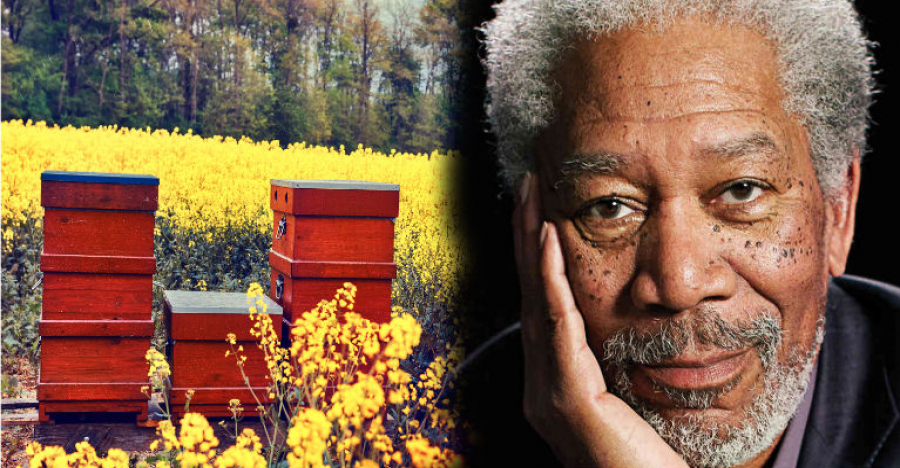
Photo Gallery

Morgan Freeman first discussed his journey into beekeeping on the Jimmy Fallon show back in 2014, and the story is just as interesting today as it was back then.
On the show, he talked about his experience of keeping bees and the need to preserve and save wild bees for healthy environments. In the television interview, Freeman talked about his motivation for why he began beekeeping. He talks about bringing bees back onto the planet, how they are the foundation, for the growth of the planet, and vegetation. Shop Tiny Homes Freeman imported 26 beehives from Arkansas to his ranch located in Mississippi. At his ranch, he works to feed the bees sugar and water and has helped to plant bee-friendly lavender, magnolia trees, clover, and more. Freeman says that he never wears a bee suit or a bee hat and that the bees haven't stung him yet. Freeman only feeds the bees and has no intention of harvesting the honey or disrupting the beehives.
The EPA has highlighted that Colony Collapse Disorder as the primary cause of bees over the last few years.
And the continued decline of bee colonies can lead to several agricultural and ecological issues as bees play the main role of being key pollinators for plants. While there is no evidence that the bees are going to become extinct anytime soon, the decline of the bee populations will continue to have ripple effects upon crops and wild vegetation around the world.
There are several reasons why someone might want to raise honey bees to include honey, beeswax, pollination, and that bees are diligent workers.
Honey is probably the most obvious of answers as most beekeepers want to produce fresh honey, either for themselves or to sell. A single bee can produce about 1/12 of a teaspoon of honey in their average 6 week lifetime. With a colony of bees that consists of thousands of bees, that can amount to a lot. Beeswax is another product that comes from beekeeping. Worker honey bees can produce wax from the special glands found on their abdomen. The beeswax is formed into the honeycomb and is what becomes the structure of their home. Beeswax is used in cosmetics and candle-making. Many lipsticks and creams contain beeswax. You can even make your lip balm with beeswax.
Pollination.
To get a better yield from your gardens and orchards, honey bees can help. Raising honey bees is a way to help ensure the better pollination of flowering plants. This means more food for wildlife and humans too. Honey bees are responsible for the pollination efforts for modern agriculture. However, the role of native bee species is something that cannot be overlooked. Bees are diligent and constant workers. Bees do not require constant monitoring, with a colony of healthy well-managed bees producing honey and beeswax that you can sell or use later. On average, you can expect to spend about an hour per week during the warm season on bee colony management. In colder climates, you may need to help the bees overwinter properly.




